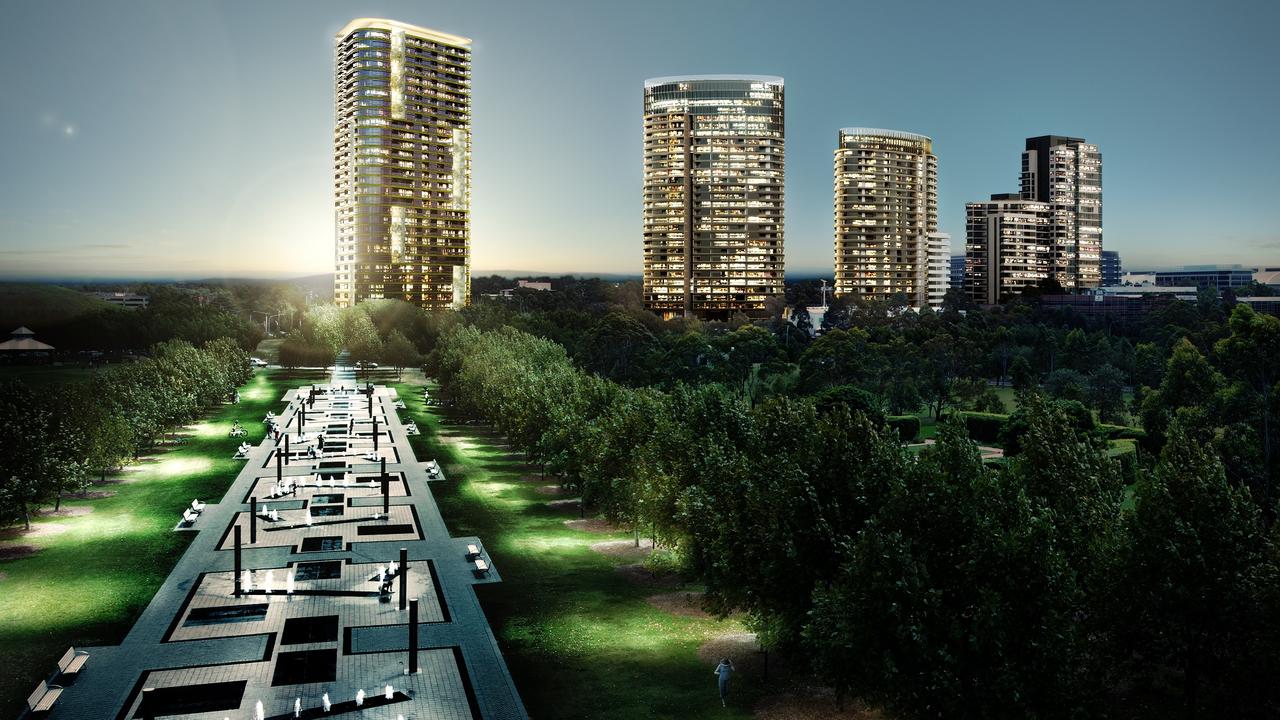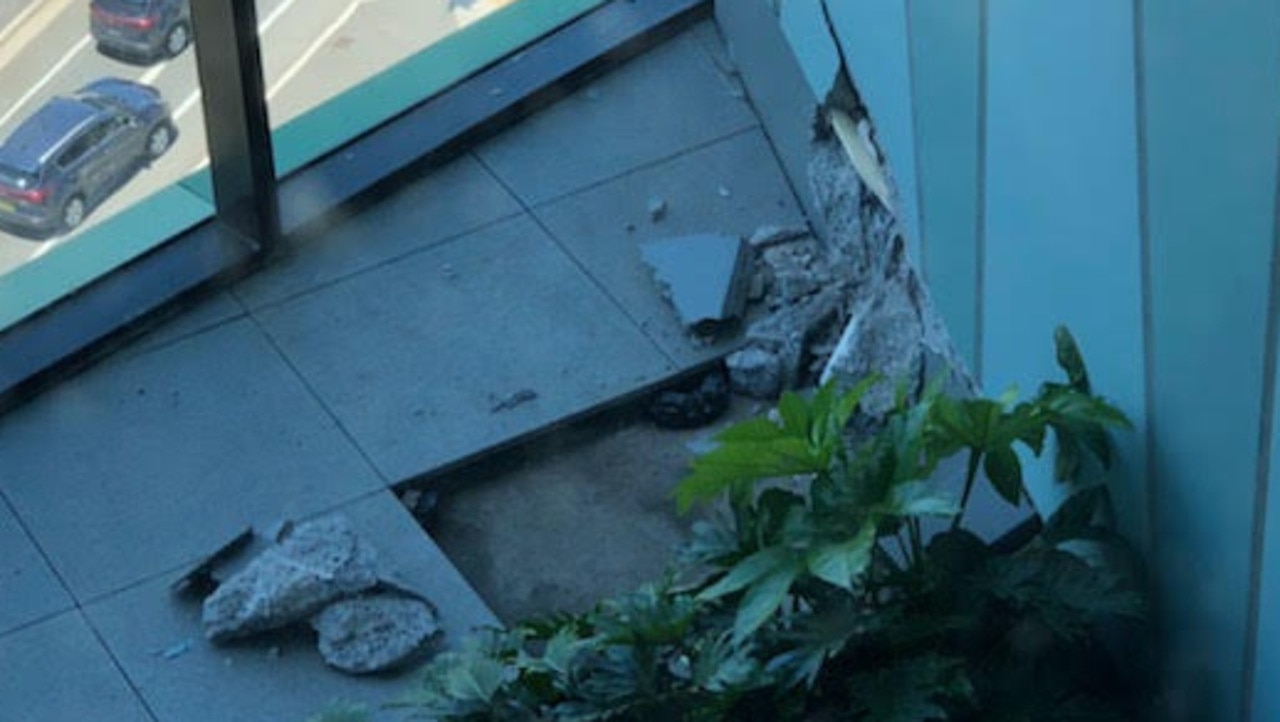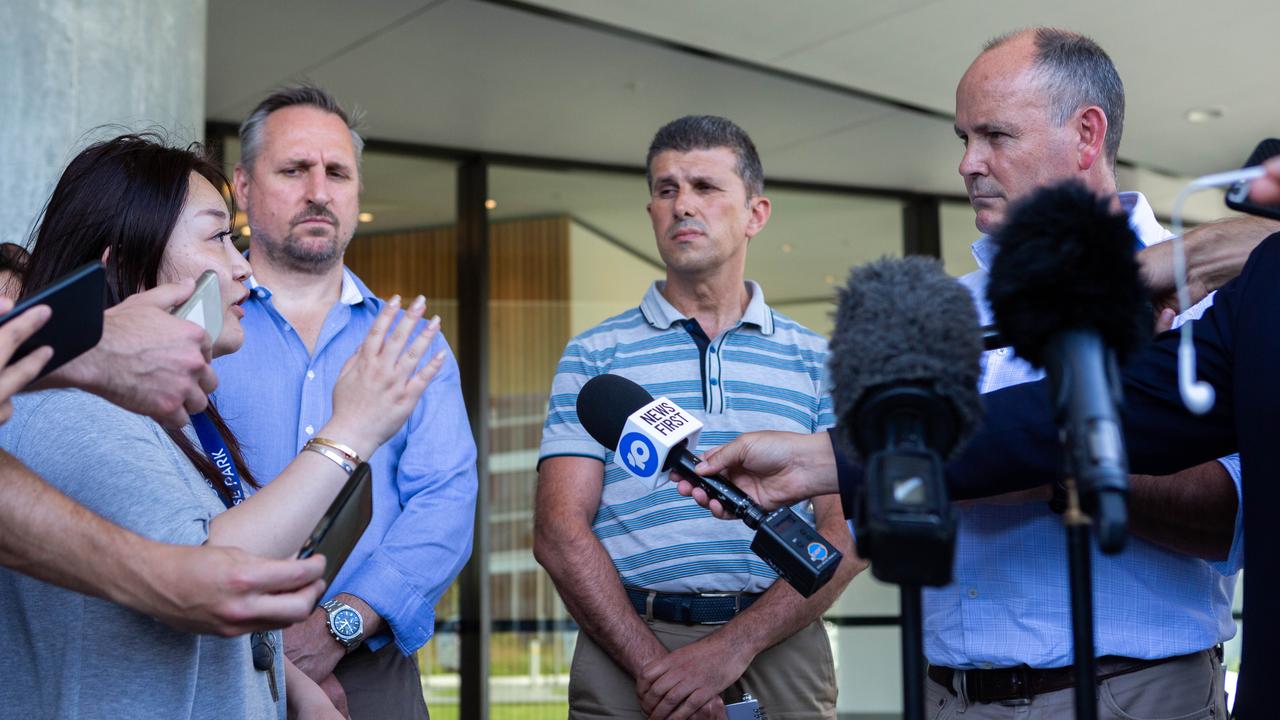Flawed process that approved Opal Tower
A brand new 36-story building had to be evacuated on Christmas Eve due to cracking. Why didn’t our planning process pick up on the problem?

There were once high hopes for the evacuated Opal Tower as a landmark building that would welcome the public to a revamped Sydney Olympic Park.
When its design was chosen from four competing entries, the building was praised for its unique triangular design and attractive “sky gardens”.
But on Christmas Eve, less than six months after the building began taking in occupants in August, it had to be evacuated when cracks were found on the 10th floor.
The tower is now subject to an internal and governmental investigation, and its beautiful design features are under scrutiny.
Engineers have reportedly ruled out a problem with prefabricated concrete panels used in the building and it’s now believed there were errors in construction or the design.
The industry has been rocked by the failure, with hundreds of residents left homeless and facing financial ruin. There are even concerns the problem could have significant ramifications on the already struggling new apartment market.
How did this happen?
THE DESIGN
Architects Bates Smart designed the unique triangular-shaped building after winning a competition in June 2014, beating three other firms.
The Sydney Olympic Park Authority manages the site and a Competition Jury was unanimous in choosing the plan, commending its well-considered layout of apartments and clever use of vertical slots for use as “sky gardens” to provide natural light and ventilation.
The look of the building was considered especially important because it was located at the entrance to the Olympic Park precinct and next to public parks so would act as a visual landmark.


After it was selected, the architects worked with the authority’s Design Review Panel to improve the design and take into consideration the jury’s feedback.
It provided more communal space and reorientated the lobby/foyer. It also increased the width of the vertical garden slots, which some speculate could be the cause of the cracking because broken panels were located next to them.
The building is also the tallest in the precinct. Originally a 30-storey building was envisioned for the site but Bates Smart came up with a 32-storey version that was later modified to increase it to 36 storeys, accommodating 392 apartments.
This was still lower than some of the other competing designs, which proposed making the building even taller, as high as 39 levels.
The environmental impact statement for the project also noted the “tight timeframe” for the lodgement of the State Significant Development Application meant the panel had to deal with design tweaks “out of session”.
THE DEVELOPER
The authority chose Ecove Group to deliver a development on the site but the company has said it outsourced the detailed design of the tower to its builder.
On Tuesday, Ecove released a statement revealing details of its confidential ‘Design and Construct’ contract with builder Icon.
As part of this contract, Ecove suggests it presented the builder with an initial design concept which was then developed into a detailed design by the builder.
This detailed design was to comply with “all the building codes and authority requirements but staying within the concept”.
Ecove has said it doesn’t have “sufficient information” about whether design flaws caused the problem.
There was initial speculation about the foundations being an issue but Ecove said they were built on shale bedrock, which is common in Sydney.
“The builder has advised that there is no relationship between the building foundations and what has occurred,” the statement said.


THE BUILDERS
Ecove says it outsourced the detailed design to Icon, a “well-established high-quality builder”, and that Icon has “full liability on the design and construction”.
Other experts were also involved. WSP was the structural engineer and Wood & Grieve Engineers were hydraulic consultants on the building.
On its web page Wood & Grieve has said the height of the Opal building, which is the tallest in the area, created “excessive pressures” on pipework at the bottom of the building and it developed a unique system to accommodate stormwater and sewer services passing through the site.
Previously there was a constructed wetland on the site that was used as a stormwater basin.
There had been speculation it was unstable for high-rise development but geotechnical experts Douglas Partners assessed the site for the development application and developers Ecove have said they are confident there is no issue with the foundations.
WSP is now investigating the cracks that have appeared.
Initially it was thought that pre-cast concrete panels may be the source of the problem but according to The Australian, it’s now believed the panels weren’t inherently faulty and the cracking was caused by how it was installed or problems in the design or construction of the building.
A spokeswoman for Icon told The Australian “our priorities remain the safety and welfare of the residents and rectifying the issue, not on attempting to cover our backsides”.

THE CERTIFIER
The Opal Tower was signed off by private certifiers McKenzie Group Consulting. Its directors were previously fined and cautioned by the Building Professionals Board between 2004 and 2009. But there been no suggestion of impropriety by them relating to the Opal development.
The certifying authority inspects the building to ensure it complies with the design drawings before the building can be occupied.
Although it’s not yet known what caused the Opal cracks, NSW Minister for Better Regulation Matt Kean has announced a crackdown on “cowboy” certifiers across NSW to address public concern about the state’s building certification process.
Before residents are allowed to move in to new developments, a private certifier does a final sign-off to confirm the building matches the plans.
There has been criticism of the system because developers can chose which certifier they would like and some are concerned corrupt certifiers are signing off on unsafe buildings.
But the crackdown has been slammed as “shameful” by the Australian Institute of Building Surveyors, who said it would do nothing to help Opal Tower residents forced from their apartments.
Association of Accredited Certifiers chief executive Jill Brookfield said private certifiers had nothing to do with structural inspections in high rise residential buildings.
She said contractors and subcontractors were not being held accountable for producing defective work in residential buildings.
“Accountability of each and every person involved in the installation of concrete, timber, waterproofing and other trades must be implemented,” she said.

GOVERNMENT OVERSIGHT
The $128 million dollar tower is located in Sydney Olympic Park, which is considered a State Significant site and the plans did not need council approval.
The modified development was approved on December 15, 2015 by the NSW Planning Minister’s delegate.
As part of the approval process, a structural engineer must verify the plans are compliant with Building Code of Australia requirements and the development consent. However, BCA assessments only look at whether developments comply with regulations for things like fire safety, disability access, sanitary facilities and energy efficiency.
There doesn’t seem to be any final assessment on the structural integrity of the building.
The Opal Tower cracking appears to reveal gaps in how building approvals are assessed and signed off.
The NSW Government has hired two university deans of engineering, professors Mark Hoffman and John Carter, to undertake an independent investigation of the Opal building.
Let’s hope they come up with some answers.
Continue the conversation @charischang2 | charis.chang@news.com.au




